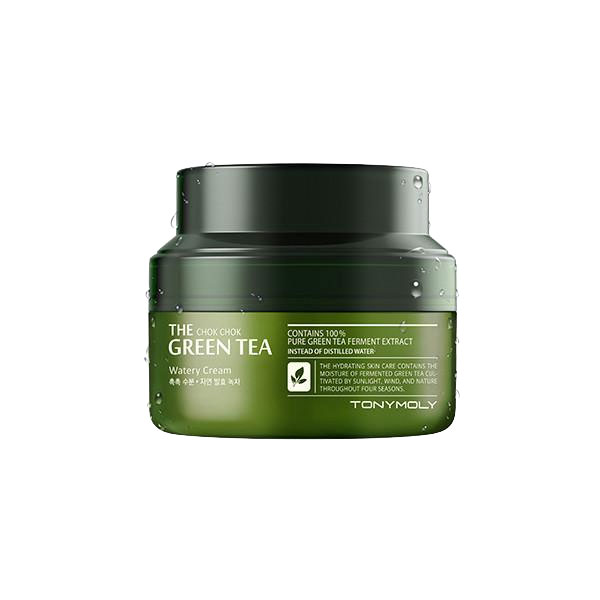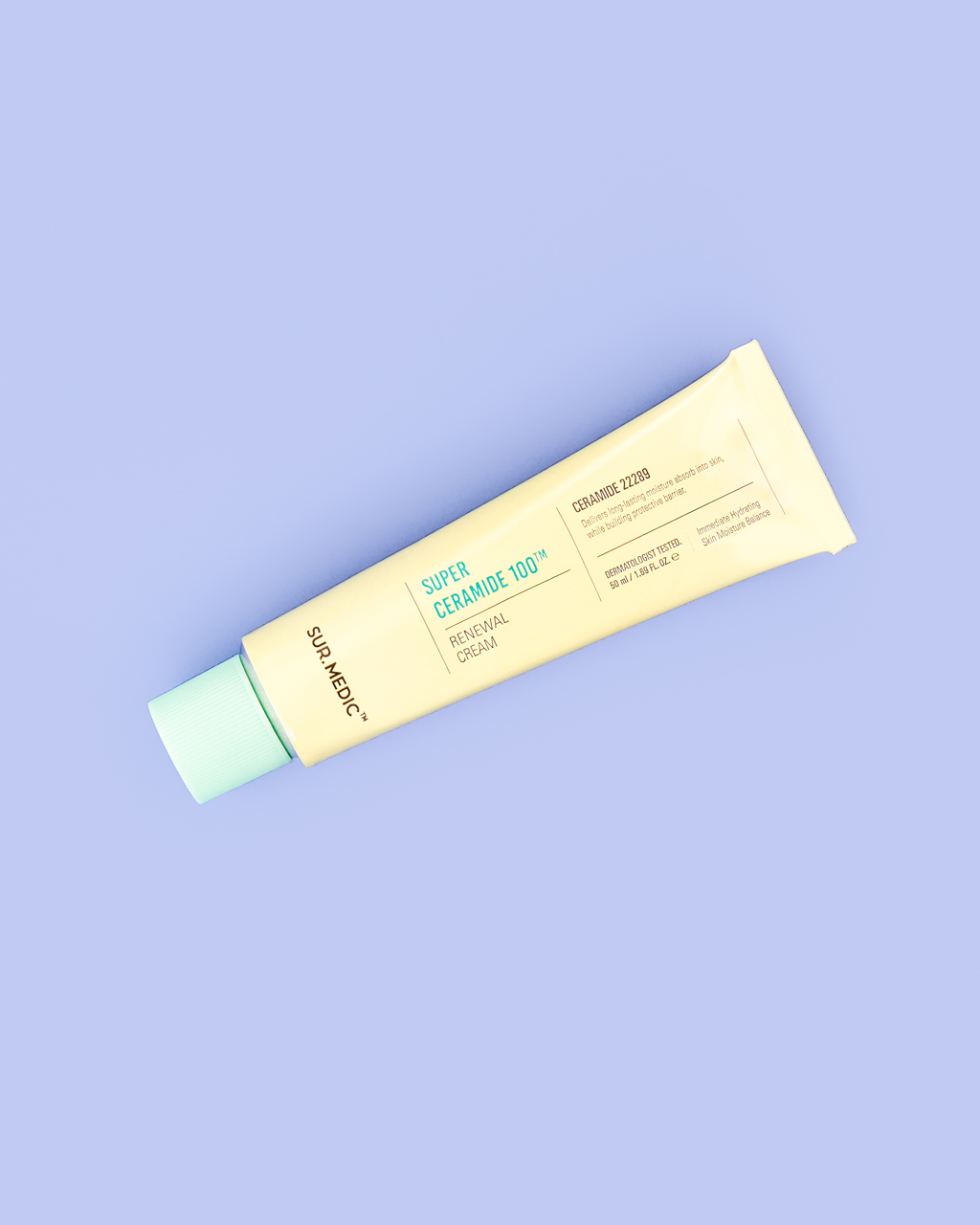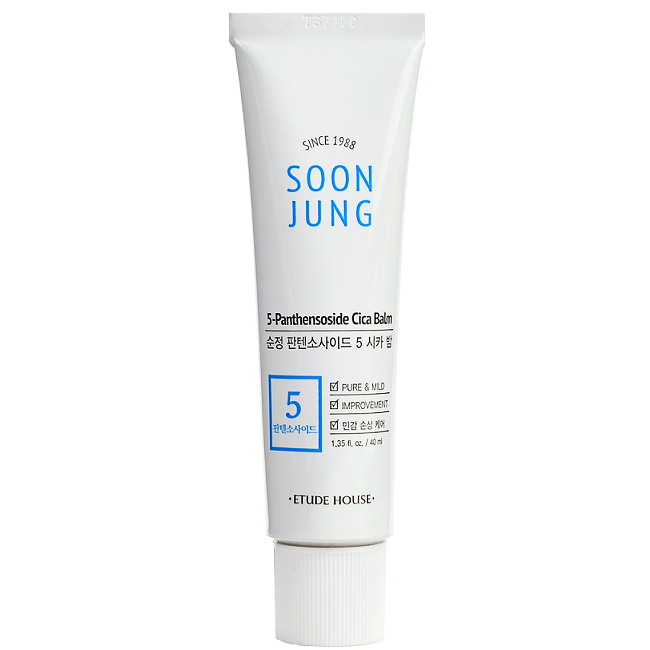A lot of people classify their skin as sensitive, but unless you have a condition like eczema or food allergies, your skin probably isn’t as sensitive as you think. Read on to learn why.
As a Soko Glam Skin Expert, one of the things I hear from customers quite often is “but I have sensitive skin.” However, many people misdiagnose themselves. You might not be able to tolerate certain products or ingredients, or your skin may feel uncomfortable and itchy at times, but that doesn’t mean your skin type is “sensitive”.
Here, I’m breaking down the meaning of sensitive skin, how to tell if you have it, and some excellent ways to treat it.
There is a difference between sensitive skin and sensitized skin. Since this can get confusing pretty quickly, it’s easier to think of sensitive skin as reactive skin, and sensitized skin as a transient skin condition.
People with a reactive skin type tend to react to skin care, changes in weather, sleep changes, hormonal changes, artificial fragrance, and other harsh ingredients much more easily than others. If you have truly sensitive skin, you are generally hesitant to try tons of new, fancy skin care products for fear that they will lead to bumps, rashes, stinging, and burning.
This is in contrast to people with specific allergies. Let’s say, for example, that you consistently break out with products that include rose extract or salicylic acid, but your skin is otherwise fine with most products. This would indicate that you have a specific sensitivity to these ingredients, but it wouldn’t make your skin sensitive per se.
Another useful thing to consider when trying to determine if you have sensitive skin is your overall health. Most people with reactive skin types have some sort of atopy. If you have food allergies, seasonal allergies, asthma, or eczema, these conditions often coexist with sensitive skin (but not always!). It makes sense if you think about it a little more critically; the skin is meant to help regulate your temperature and provide a barrier between your body and the outside world. If your immune system is a little dodgy, as is the case with atopic people, that will affect your skin, which is a major component of the body’s protective systems.
Skin can also be in a sensitized state (or people with already sensitive skin can experience increased sensitivity) when it is dry, so hydration and barrier repair are two of the main strategies for dealing with fussy skin. If you’re having a sensitive skin flare-up, consider the following things: has the weather changed drastically? Did you start using a new detergent? Did your diet change significantly? Are you under a lot of stress? Is your period around the corner? All of these are reasons why sensitivity can spike, so learn to recognize which of these factors trigger your sensitivity. When you can easily identify and manage your triggers, dealing with sensitive skin can become a lot easier.
I like to keep a cheat sheet of hero ingredients to look for when my skin is in a state. A great ingredient for sensitive skin is centella asiatica because it is anti-inflammatory and stimulates wound healing. If you have a reactive skin type, you want to use mild products for your entire routine.
The entire Etude House SoonJung line is a good one for reactive skin types because it includes no artificial fragrance, among other common irritants. Whether your skin is sensitive or temporarily sensitized, you’ll end up treating it the same way, by using bland products with actives that primarily serve to calm and hydrate. The difference, however, is that for passing sensitivity, these suggestions are for the short term, whereas for reactive skin, your basic routine should consist of extremely mild products until you know what your skin can tolerate.
RELATED: Why Cica is Having a Major Moment in Skin Care Right Now
Another great ingredient for sensitive skin is green tea extract, which you can find in the Tony Moly Chok Chok line (try the Chok Chok Green Tea Watery Cream). Green tea is a powerful antioxidant, which is great for soothing stressed out skin, and it helps calm redness, too!
Ceramides are fantastic as well because they help repair the skin’s barrier so that the skin stays hydrated and is therefore in better shape to defend itself. Try the Sur.Medic+ Super Ceramide 100™ Renewal Cream is ceramides sound right up your alley. Aloe, allantoin, cacao extracts, and bamboo extract are also great skin soothers that you should look for in products.
The basic rule is, if deviating from very bland products (I’m talking fragrance and denatured alcohol free, minimal ingredient list, no dyes, etc.), patch test, patch test, patch test! And only introduce one new product at a time until you know how your skin reacts. It’s always easier to scale back from one new product than it is to play the guessing game of “which product gave me this rash?”
Also, if you have super sensitive skin, invest in a good cica balm and/or barrier repair cream for when your skin just can’t. I swear by the Etude House SoonJung Cica Balm and Avene’s Cicalfate in the winter.
Bottom Line
I hope your skin feels a little calmer after reading this! If this seems like too much to remember, just think of your sensitive skin like a beloved cashmere sweater: don’t rub too hard if you want the surface to continue to look good, avoid hot water, and avoid harsh detergents. If you treat your skin right, it will love you right back.

















